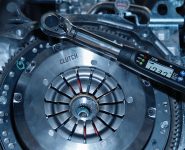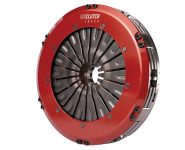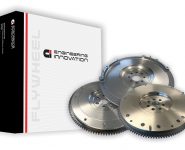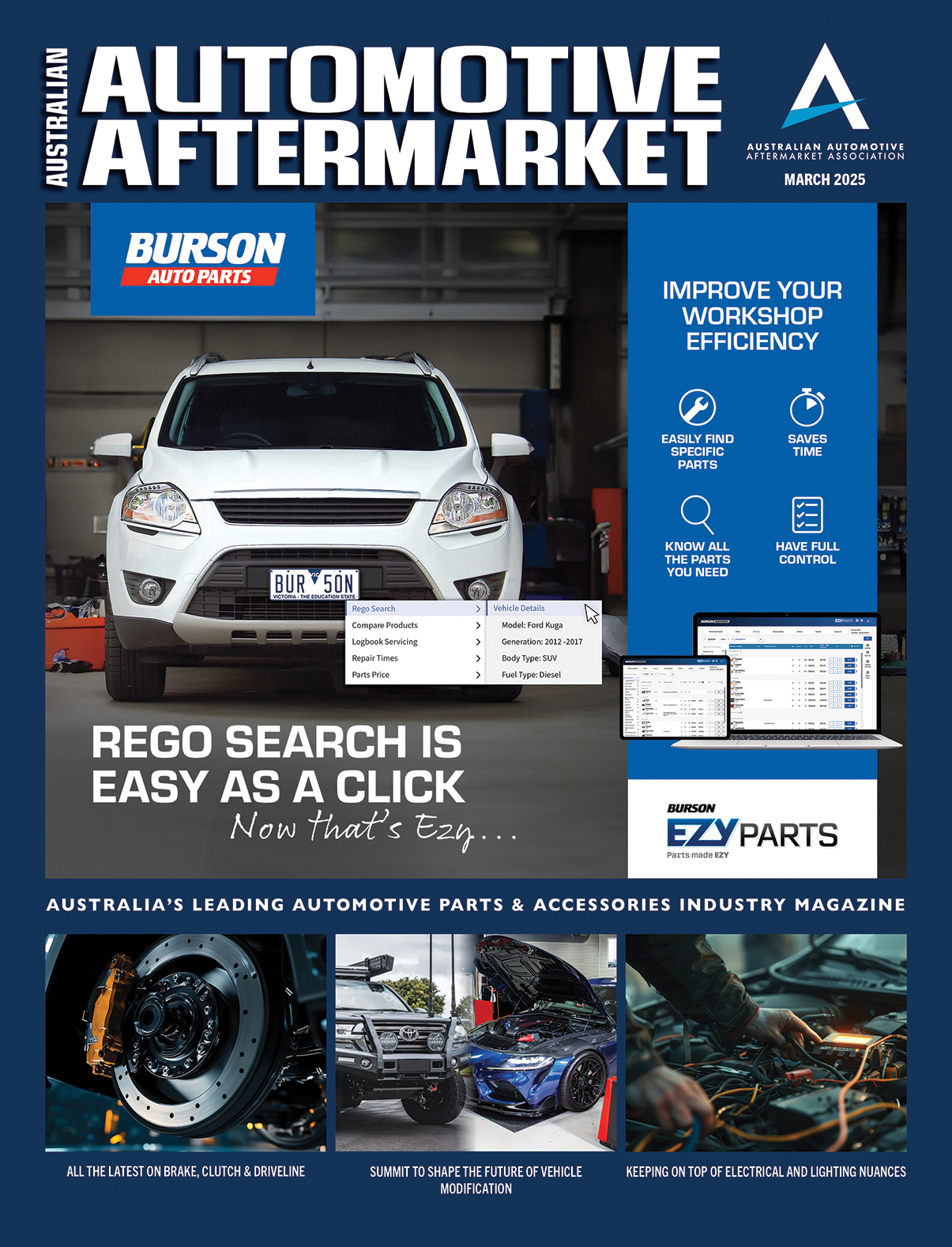THE SCIENCE BEHIND HIGH-PERFORMANCE CLUTCHES
Clutch Industries says its UniClutch products stand apart in the market
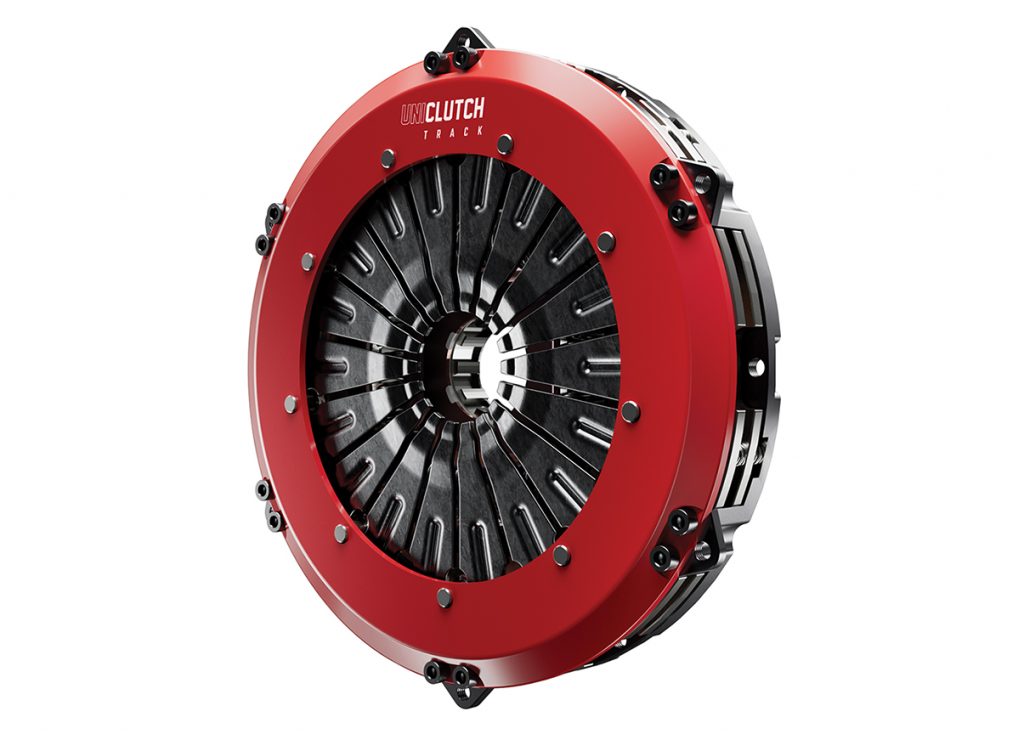
Performance cars in Australia have undergone significant evolution, with the aftermarket industry adapting to changing driving styles and increasing vehicle power levels.
The clutch, crucially linking engine and driveline, has evolved in response to these demands.
Holden’s history illustrates this evolution: in the 90s, their V8 engine produced 179 kW and 400 Nm torque, later pushed by HSV to 195 kW and 430 Nm.
By 2013, HSV’s supercharged 6.2L V8 reached 430 kW and 740 Nm. On top of this aftermarket companies developed products taking the power and torque to over 500 kW and 1000 Nm.
To meet these power increases, clutch technology has advanced with high clamp cover assembles, cerameticallic button materials, and multi-disc clutch systems.
However, these improvements often introduced challenges – while effectively handling increased power, these systems made vehicles difficult to drive daily, with heavy pedal effort and limited release/friction windows.
This restricted practical use of these vehicles to weekends or track days.
Recognising these issues, Australian company Clutch Industries developed UniClutch, reportedly simplifying the complex clutch segment and solving the drivability issues for enthusiasts.
Clutch Industries explains that UniClutch employs a modular design approach, reducing complexity, part numbers, and costs through mass production of fewer SKUs.
It states this not only benefits performance but also reduces ecological impact by minimising potential wastage.
UniClutch’s modularity facilitates easier installation into vehicles undergoing engine or gearbox conversions, while Clutch Industries says its unique sealed design with an integrated flywheel friction surface eliminates the need for flywheel machining, saving installation time.
For vehicles using a dual mass flywheel, UniClutch allows reuse of an OEM flywheel if within specifications, avoiding the expense and sourcing challenges of traditional replacements.
The twin disc design of UniClutch spreads friction across two plates, significantly increasing torque capacity without needing excessive clamp load, typical of traditional systems.
Clutch Industries says this enhances performance without compromising pedal feel, common in race-style twin plates.
Depending on the model, UniClutch combines organic and ceramic sprung clutch discs, enabling smooth transitions between track and street driving.
Additionally, UniClutch incorporates silent shift technology to minimise idle chatter associated with twin plate clutches.
UniClutch products are available through Repco and NAPA Auto Parts stores across Australia and New Zealand, as well as select Automotive Parts Distributors.
For more information, visit www.uniclutch.com




